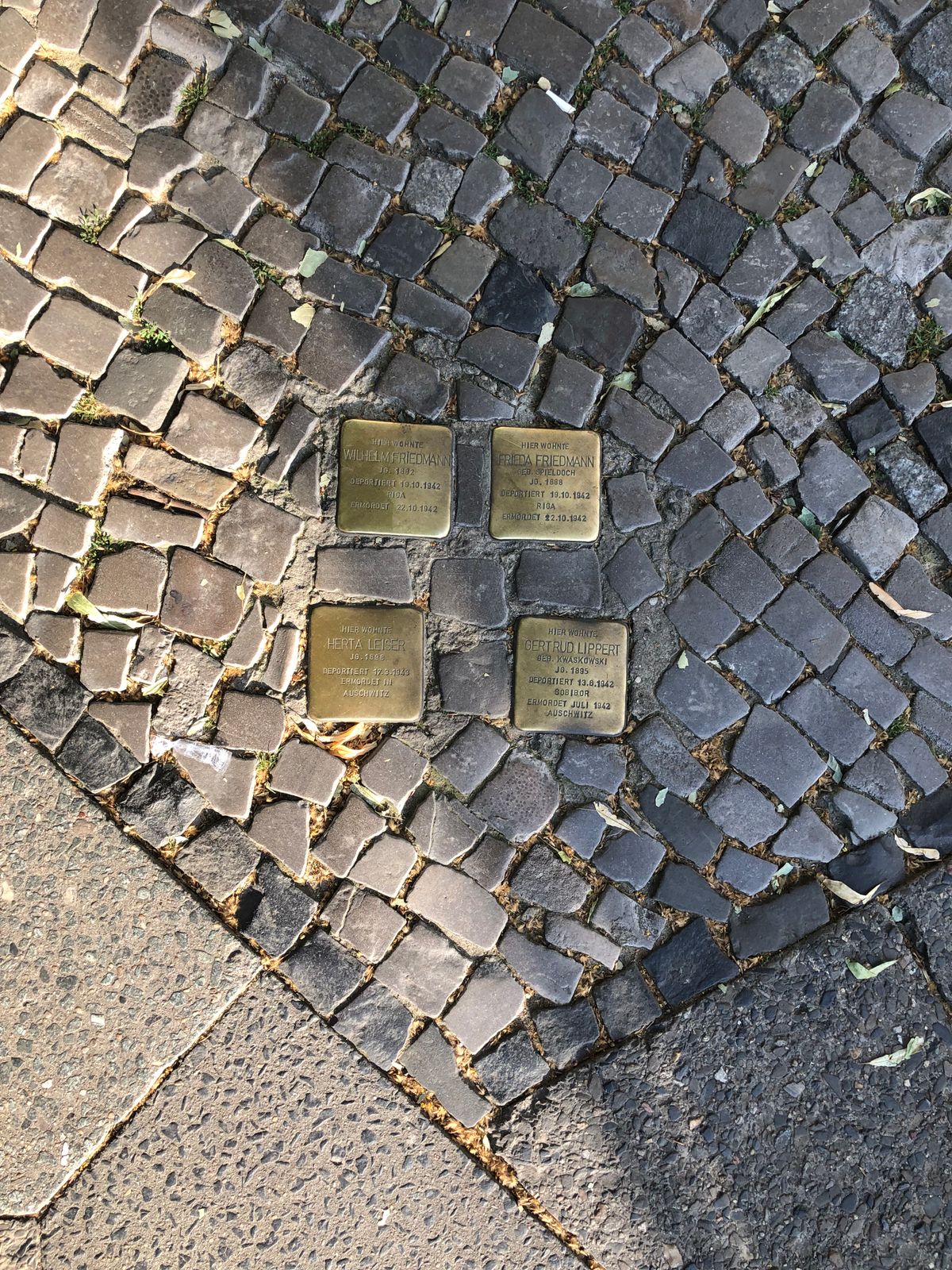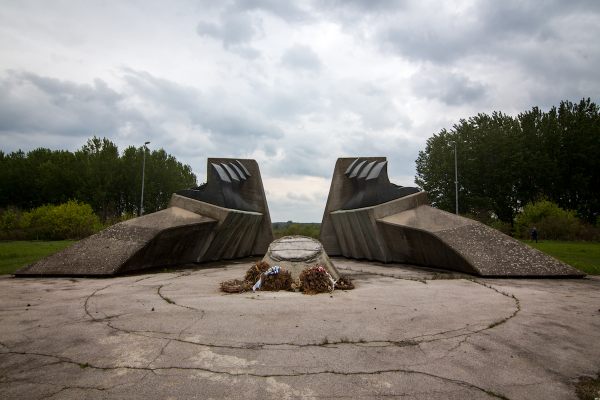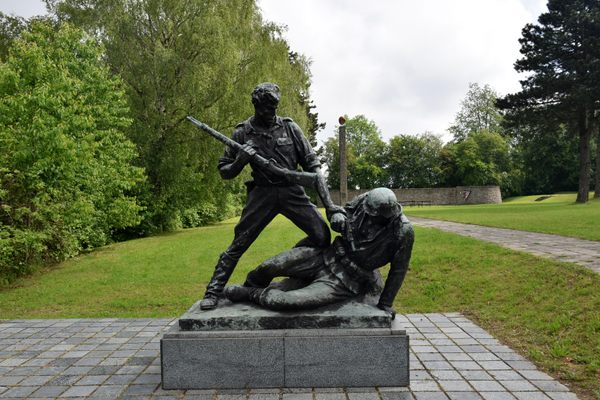About
All over Berlin and other parts of Europe, are tiny memorials to individual victims of the Holocaust, and if you keep your eyes to the sidewalk, chances are you'll see one or more on your explorations around the city. Collectively called Stolpersteine, they were conceptualized and executed by Berlin artist Gunter Demnig.
The world stolpersteine means stumbling block, a reference to the artist’s hope that people will stumble upon them while walking around. The small four-by-four brass plaques, which are inlaid in the sidewalk in place of a cobblestone, were usually placed in front of the victim’s last address of choice, forever memorializing their place in the neighborhood and community. Through this work, Demnig brings the focus to particular individuals and families, making the deaths more real and personal.
Each plaque begins with the phrase “Here lived..” and includes details about the person's life, including when they were born and when and where they died. Tragically, it's not uncommon to see groups of blocks together, representing a family of victims, all with the word "Auschwitz" engraved in the brass to show place of death. The first stone was installed in 1996 and contained the text of Heinrich Himmler’s order to deport Roma and Sinti people to extermination camps. Since then, over 60,000 memorials have been placed all around Europe. Today, the installation of a piece is a somber event in itself.
Although creating physical reminders of the Holocaust has long been a theme in Demnig's work, part of his inspiration for the Stolperstein project was a discussion with a woman in Cologne, who didn't believe that Roma or Sinti people had ever lived in her neighborhood. Demnig used this event to track down the details of individual victims of the Holocaust, including Sinti and Roma, as well as Jews, LGBT, and other persecuted groups, and to prove these victims had once been parts of many communities, before their widespread killings.
Related Tags
Know Before You Go
Stolperstein are found all over Berlin, and the easiest way to find them is to simply start walking, scanning the sidewalk with your eyes. If you have limited time in Berlin, there is one Stolperstein near the Brandenburg Gate, making it convenient to see on a quick tour of the city. The stumbling block of Martha Liebermann is at Pariser Platz 7, right near the Brandenburg Gate, and therefore a good option for those short on time. An inventory of Stolpesteine can be found at https://www.stolpersteine-berlin.de/en/finding-stolpersteine .
Community Contributors
Added By
Published
September 8, 2017




















































